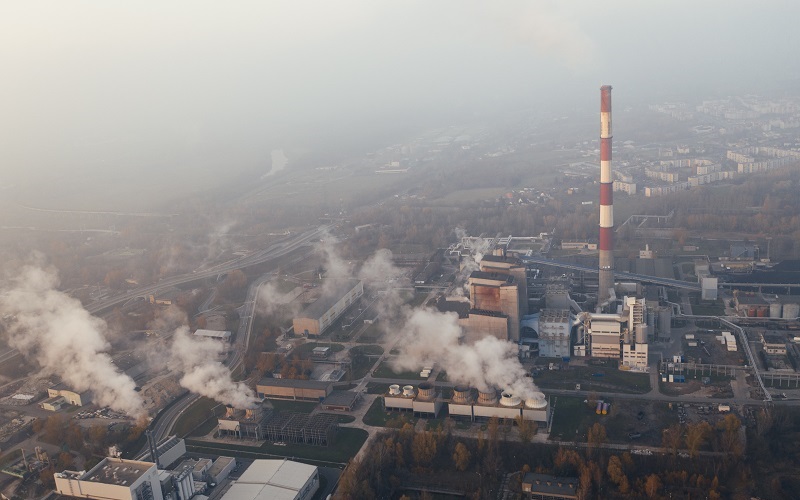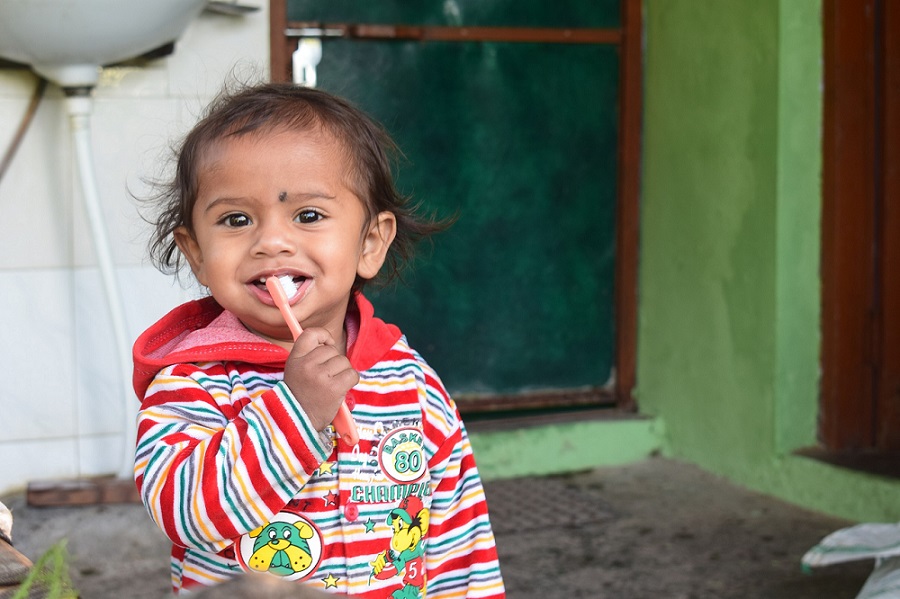
Major National Barriers to Climate Change Adaptation for Public Health

Understanding National Barriers to Climate Change Adaptation for Public Health
News
Nov 6, 2020
Climate change is rapidly reshaping the global landscape, posing unprecedented risks to human health. From deteriorating air quality and increased infectious disease outbreaks to food and water insecurity, the health impacts of climate change are intensifying. These challenges disproportionately affect vulnerable populations, widening existing health inequities and threatening global progress on the Sustainable Development Goals (SDGs).
A recent mixed-methods study surveyed national public health representatives to identify the significant barriers to climate change adaptation for public health, offering critical insights into global institutional, economic, technical, and sociopolitical constraints.
Why Climate Change Adaptation for Public Health Matters
Climate change adaptation (CCA) is a core pillar of the global response to climate change, alongside mitigation. While climate mitigation reduces future emissions, adaptation strengthens resilience to the climate-driven risks already unfolding. Public health professionals have long warned that without effective adaptation strategies, climate change could reverse decades of health and development progress, especially in low- and middle-income countries.
Study Overview
The survey targeted public health associations and societies across 82 countries and evaluated:
- National progress toward public health-centered adaptation
- Impacts of governance, financial, technical, and political barriers
- Opportunities for global organizations to support more effective adaptation responses
Although responses came from 11 countries, the findings provide valuable cross-cutting perspectives.
Key Findings
National Commitment is Rising, But Not Fast Enough
Many countries have increased their commitment to climate-health policies compared with previous assessments. However, progress continues to fall short of what is needed to protect populations from climate-related health emergencies.
Major Barriers Slowing Adaptation
1. Poor Government Coordination
Fragmented governance structures limit effective planning, resource distribution, and implementation of adaptation strategies across sectors and regions.
2. Lack of Political Will
Despite growing awareness, climate-health adaptation often lacks the political prioritization needed to drive transformation at a national scale.
3. Inadequate Financial Investment
Public health adaptation frequently suffers from insufficient funding. Without stronger and more equitable financial support, particularly for climate-vulnerable nations, meaningful adaptation cannot take place.
Recommendations for Strengthening Climate Change Adaptation
Increase Global Collaboration
More international forums and coordinated agenda-setting platforms can help align priorities and accelerate progress in climate-health resilience.
Improve Multi-Stakeholder Engagement
Governments should invest in collaborative frameworks that allow more seamless cooperation among ministries, agencies, communities, and organizations.
Embed Adaptation Across Policy Sectors
Integrating climate-health adaptation into broader policy domains, supported by improved climate-health literacy among policymakers, can enhance buy-in and effectiveness.
Expand and Prioritize Funding
Investment should focus on evidence-driven, cost-effective adaptation pathways that reduce inequalities and protect high-risk groups.
Build Climate-Health Workforce Capacity
Knowledge translation hubs, technical training, and support from high-income countries can help expand the human capital required to manage climate-health risks.
Establish High-Level National Adaptation Agencies
Governments should designate dedicated climate-health bodies with the authority to coordinate across sectors and evaluate progress.
Enable Localized and Context-Responsive Action
Adaptation frameworks should allow flexibility for regions and communities to implement actions based on local scientific data and lived experience.
Study Limitations
While aligned with existing literature, the study was constrained by:
- Limited sample size (11 respondents)
- Closed-question survey structure
- Geographic gaps, including no responses from Pacific Island States, which are among the most climate-vulnerable regions globally
These limitations suggest the need for ongoing research and more inclusive survey participation to capture the realities of global adaptation fully.
Conclusion
Effective climate change adaptation for public health is essential to protecting populations from the accelerating health impacts of climate change. Despite growing national commitments, central governance, financial, and political barriers continue to slow progress.
By deepening understanding of these challenges, global health organizations, policymakers, and advocates can strengthen evidence-based strategies that improve national resilience and protect the most vulnerable communities. The road ahead requires stronger coordination, more equitable financing, and global collaboration, but the research shows that with focused action, meaningful progress is within reach.









Recent Comments